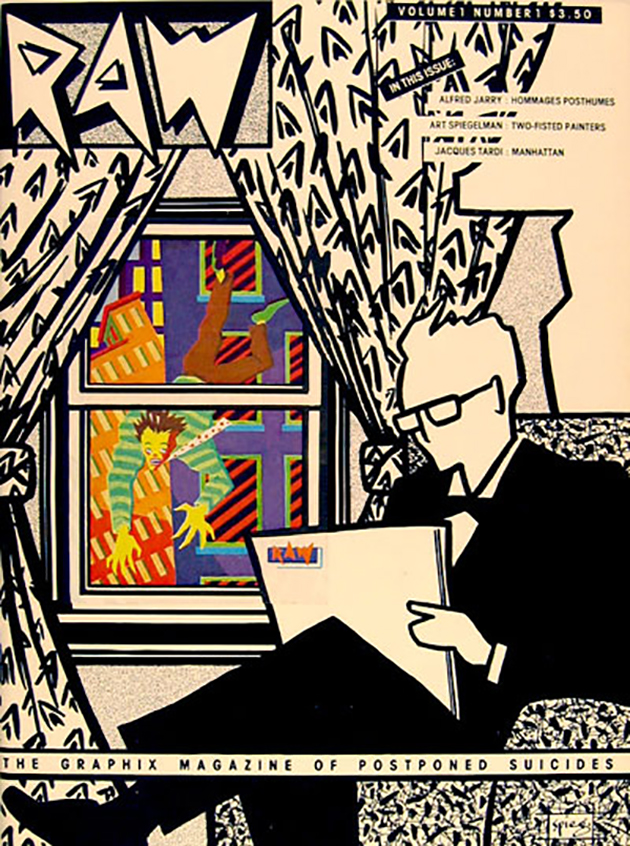Art Spiegelman already had an enviable career as an underground cartoonist and editor before hitting it big with Maus. Co-Mix, his first-ever American retrospective running now at The Jewish Museum, makes it clear that the artist never shied away from experimentation. He drew his first strip, The Loonies, at age 12 and hasn’t looked back. “The only thing that changed over the years”, he once said, “was the kind of cartoons I wanted to make”.
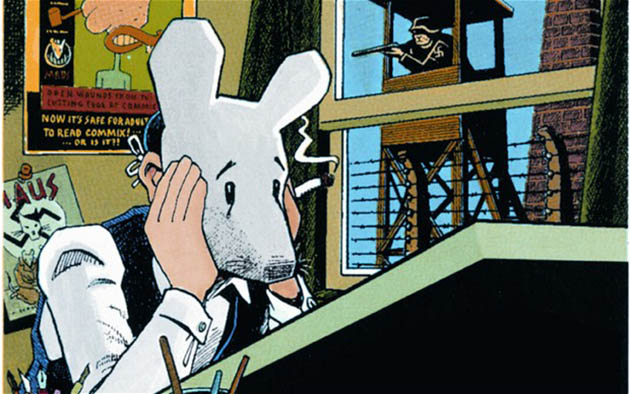
A look into his early career finds an artist struggling to forge his own identity in a frugal medium largely considered novel by anyone other than the people making it: R. Crumb, Justin Green, Bill Griffith, Kim Deitch. Spiegelman’s early work from the 60s and 70s, was largely published in projects he co-edited with other underground comics: Short Order Comix, Arcade, and The Comix Revue. Later he and his wife Françoise Mouly founded the avant-garde comix magazine Raw. On the side, he worked as an idea man at Topps Chewing Gum and occasionally sold strips to Playboy to supplement his income.
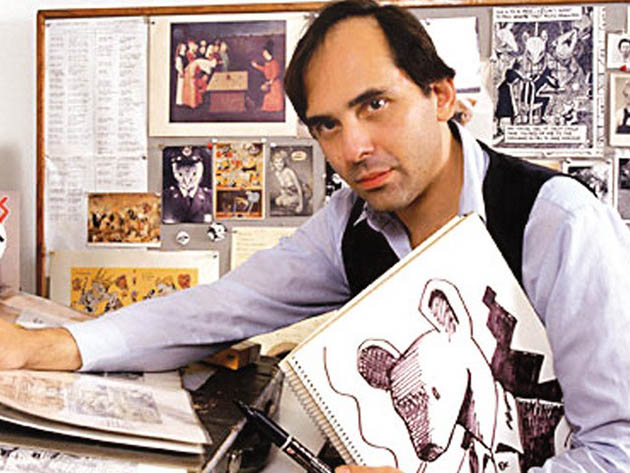
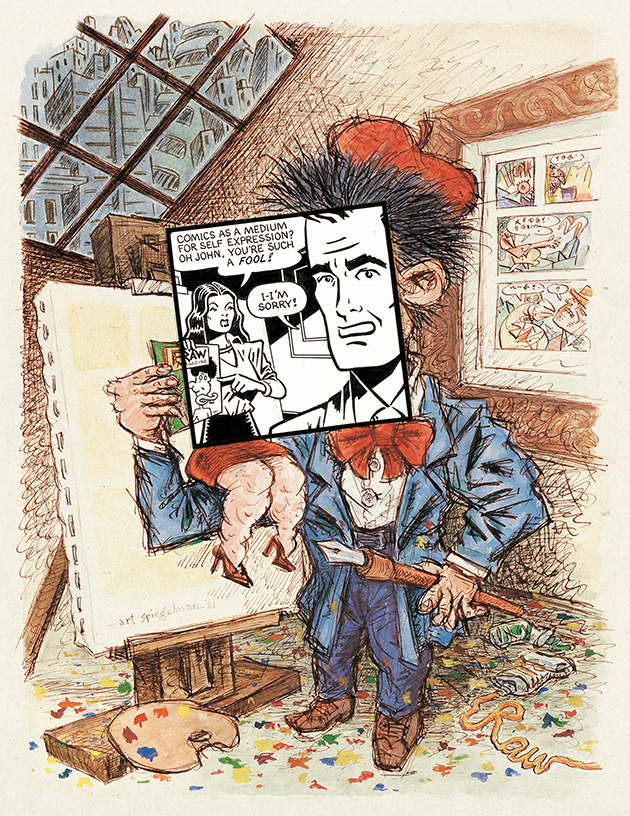
1972 was the year Spiegelman found his voice. First came a three-page comic (also titled Maus) in which a father mouse relates the horrors of Auschwitz to his son Mickey, in the form of a bedtime story. Later in the year came Prisoner on the Hell Planet, an Expressionist scratchboard comic that deals with Spiegelman’s anguish and guilt over his mother’s suicide. Both works deal with extreme personal matter that would be fleshed out years later in the 300-page Maus.
Maus, one of the 20th Century literature’s highwater marks, portrays Spiegelman as some mad genius at war with himself as he unknots the horrors from his past: his parent’s survival of the Holocaust, his mother’s suicide, his complex relationship with his father, mental illness, second-generation survivor’s guilt. As in all of his later work, individual identity is front and center. Once asked to compare the difference between art and therapy, Spiegelman quipped, “Making art is cheaper”. The artist struggled with Maus for nearly two decades, and the amount of work that went into it is on full display at Co-Mix in the form of research notebooks displaying Nazi memorabilia, rough sketches, and recorded interviews with his father Vladek. There’s even a stuffed mouse he used as a model. Thankfully, no cats are on display.
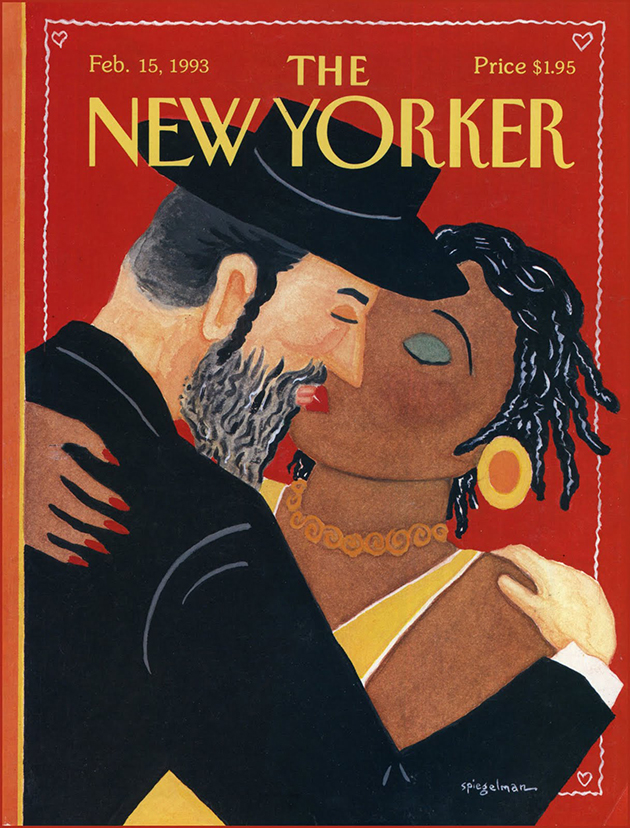
Spiegelman won the Pulitzer Prize for Maus in 1992 and spent the next ten years making provocative covers for The New Yorker with his wife, most notably the 9/11 cover that would eventually blossom into his next big work, In The Shadow of No Towers, which again found the artist nearing implosion due to the unbearable stress from the world around him (Art was living in lower Manhattan when the planes hit and allegedly developed post-traumatic stress syndrome as a result). Scanning through the paranoia of No Towers at Co-Mix reminded of another panel, one seen near the start of the exhibit, that serves more or less as a thesis for Spiegelman’s career. Midget Detective Ace Hole, an early character, follows the artist, now in middle age, through a dark alley, muttering: “I tailed the little squirt as he got lost in the squalid labyrinths of his past. He kept ducking from one memory to another trying to locate the moments that shaped and misshaped him! The fetid smell of his self-absorption made me gag, but I got closer and snarled: Stop whining, ya crybaby!”.
Co-Mix is on display now at The Jewish Museum and runs through March 23rd.

